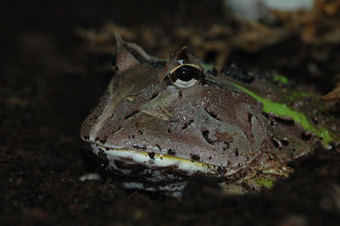"Scientists have built a mathematical model to explain the secrets of the chameleon's extraordinary tongue. It took more than 20 equations to capture mathematically how the reptile's tongue unravels at very high speed to snare insects. The model explains the mechanics of the animal's tongue and the inherent energy build-up and rapid release. British researchers say the insights will be useful in biomimetics - copying from nature in engineering and design."
Research and publish the best content.
Get Started for FREE
Sign up with Facebook Sign up with X
I don't have a Facebook or a X account
Already have an account: Login
 Your new post is loading... Your new post is loading...
 Your new post is loading... Your new post is loading...
|
|













